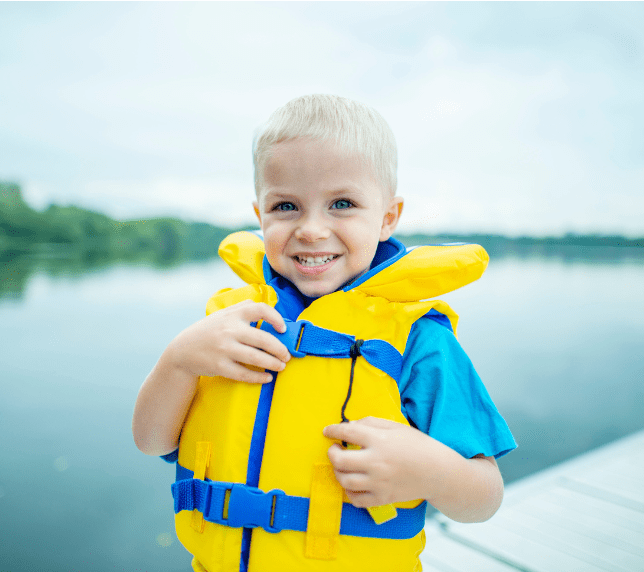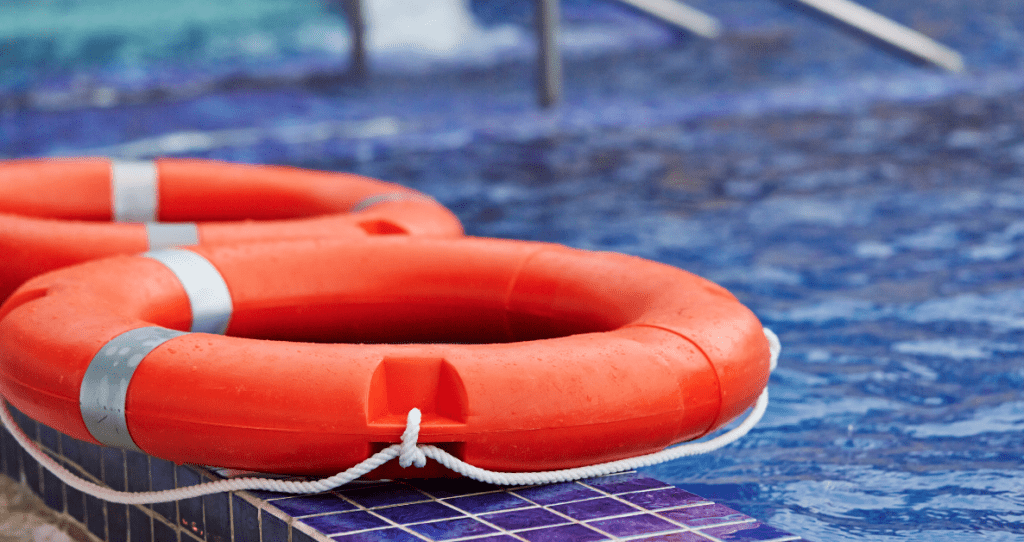Issue 93 | Drowning and Water Safety
Share This Post
In this issue of Waveline™, Pkdata explores water safety, particularly industry data on drowning, as it relates to the Pool & Spa Industry. According to the World Health Organization (WHO), drowning is technically defined as experiencing respiratory impairment from submersion/immersion in liquid with outcomes classified as death, morbidity, and no morbidity1.
Based on recent data from the Centers for Disease Control and Prevention (CDC)2, it is estimated that 4,000 fatal unintentional drownings occur yearly. In addition, an average of 8,000 nonfatal drownings take place where a person survives a near-drowning incident. Although there are few studies on the topic, research shows that 40% of drownings treated in emergency departments require hospitalization or transfer to a higher level of care.
In the United States, drowning is the leading cause of death in children between the ages of 1 and 4 years and the second cause of death for children between the ages of 5 and 14 (fatal motor vehicle accidents are number one). Other high-risk groups include males, Native Americans, African Americans, and people with heart disease, seizure disorders, and/or autism2. Drowning is a significant public health problem worldwide, although low- and middle-income countries have a higher incidence. Besides the global health impact, the economic impact is also substantial but hard to measure.
Situations that can increase the chances of drowning include:
- Being unable to swim
- Absent or ineffective fences around the water
- Lack of close supervision
- Not wearing floatation devices
- Drinking alcohol
- Using drugs and prescription medications2

In October 2022, the Pool & Hot Tub Alliance (PHTA) organized the 19th World Aquatic Health Conference (WAHC) in Houston, TX, to provide education about water safety and public health issues, emphasizing better practices related to pools3. The WAHC encouraged pool operators, environmental health officials, service technicians, aquatic managers, and other industry professionals to connect, share knowledge, and learn about the subject.
Some of the topics discussed included:
- Every Child a Swimmer legislation in Florida (2021)4
- The 5 Layers of Protection7
- Barriers & alarms
- Pool and/or swimmer supervision
- Water competency
- Life jackets, and
- Emergency preparation
- New security measures and devices for pool safety
- Entrapment – entrapment occurs when part of a bather or swimmer’s body becomes attached to a pool or spa drain due to the powerful suction of the water5, which can have severe consequences, including drowning, more detailed in the Virginia Graeme Baker Pool and Spa Safety Act (2008)6
- Data on drowning
At Pkdata, we believe there are many benefits to having or using a pool. But it is imperative to consider all the essential safety measures of ownership and/or use for you and your family. And a pool professional’s role in the education of new pool owners or commercial pool users is just as important.
You can read more on prevention at the following websites.

References
(1) https://www.who.int/news-room/fact-sheets/detail/drowning
(2) https://www.cdc.gov/drowning/facts/index.html
(3) https://www.phta.org/media-center/newsfeed/registration-now-open-for-2022-world-aquatic-health-conference/
(4) https://everychildaswimmer.org/legislation/
(5) https://abbeyshope.org/resources-education/what-is-entrapment/
(6) https://www.aahealth.org/virginia-graeme-baker-pool-and-spa-safety-act/#:~:text=The%20Virginia%20Graeme%20Baker%20Pool%20and%20Spa%20Safety%20Act%20is,public%20swimming%20pools%20and%20spas
(7) https://ndpa.org/layers/

Sign up for Pkdata report alerts and be the first to know when the latest Pool & Spa market report is released.
Thank you!
You have successfully joined our subscriber list.
